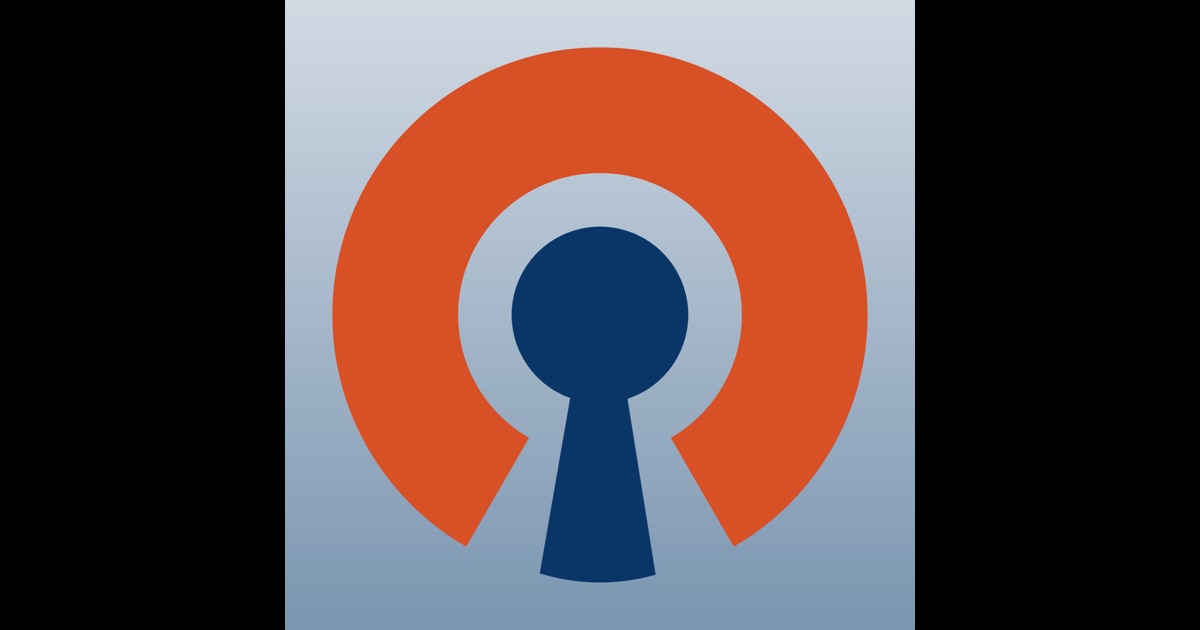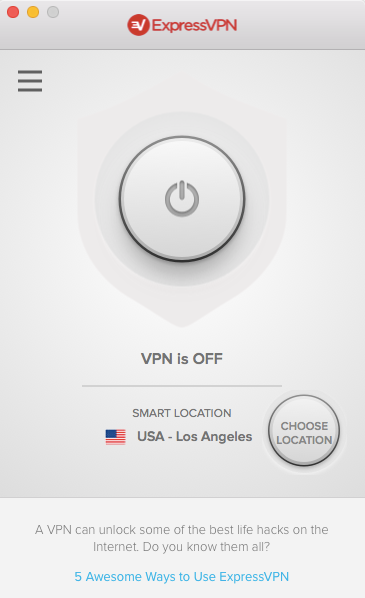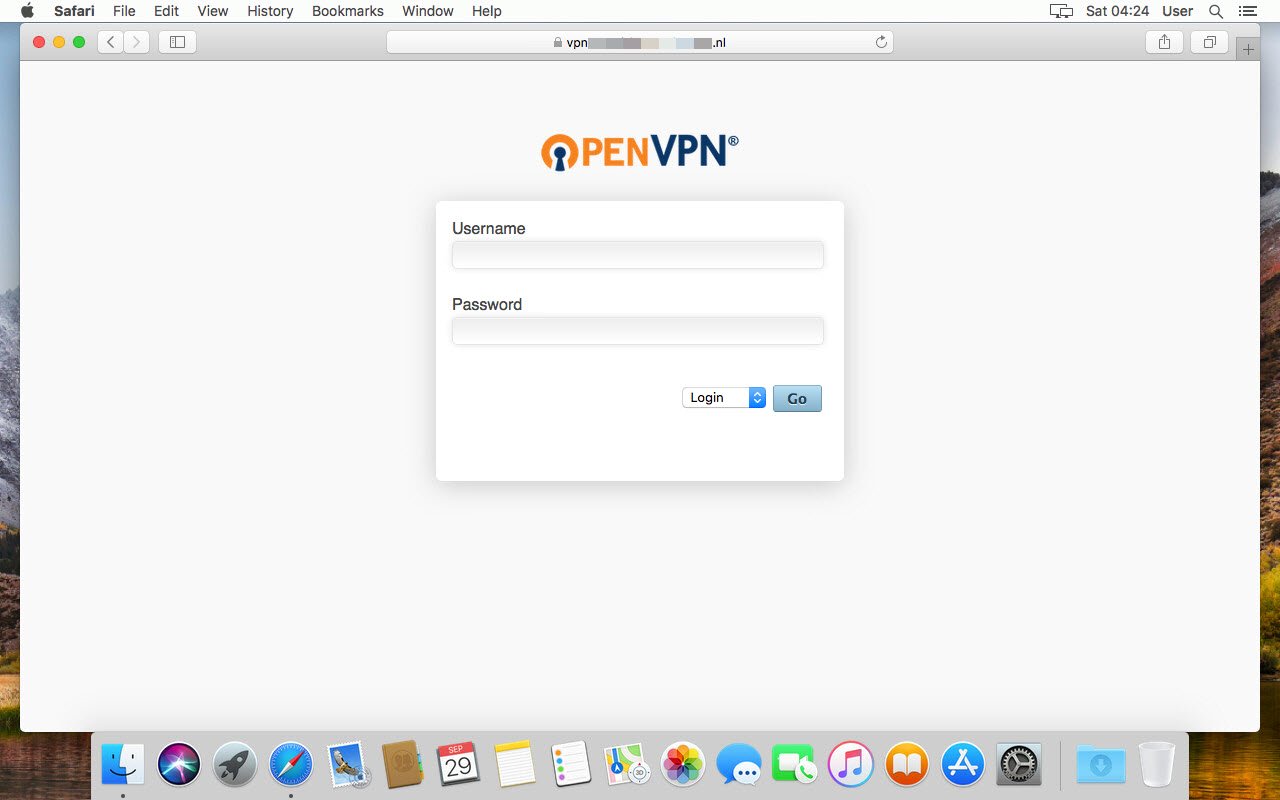

Move from Credentials to the Locations tab where you will find the list of all Surfshark servers.ĭownload the configuration file by clicking the bar of your chosen location.You can download all configuration files from our website. You will need these credentials a bit later.Įvery server has a configuration file that you will need to use to connect to the VPN server. It is a good idea to keep this page open for now. You will find Surfshark service credentials there. In that case, enter your email address and your password, then click Log in. You may need to log in before proceeding to this page. This is where you will find all details required for manual connection. Here is how you can get your Surfshark credentials: Please note that’s not the email address and password you use to log in to your account! You will need Surfshark service credentials in order to connect to the VPN using a manual OpenVPN connection. Make sure your connection was successful.If you don’t have a subscription yet, you can get it here. You will need a device running macOS and an active Surfshark subscription.


We offer preconfigured tunnelblick installation for TCP 80 and UDP 53 ports seperately.We suggest to use OpenVPN UDP ports for connecting to servers which are on other continents(Ping latency over 100ms).Feel free to test both port protocol/ports in order to clarify which port/protocol is best performing for you.In case TCP 80 or UDP 53 port is blocked on your network/internet service provider setup please contact our support department for other tcp and udp port configurations. This guide describes the configuration of OpenVPN on Mac OS X using the Tunnelblick client. ***If you do not prefer to setup manually please download EarthVPN MAC OS VPN Client softwareĪnd install it by right click open menu*** Setting up OpenVPN on Mac OS X using Tunnelblick


 0 kommentar(er)
0 kommentar(er)
